No other discipline operates at the intersection of innovation and creativity as does fashion.
Each year, beautiful, bold and creative masterpieces are showcased around the world on runways, online and in print. Fashion changes us and it changes our world, providing an opportunity for a distinct, positive impact. Great fashion design not only makes us look better, it helps us be better. Here’s how:
Innovative and adaptive
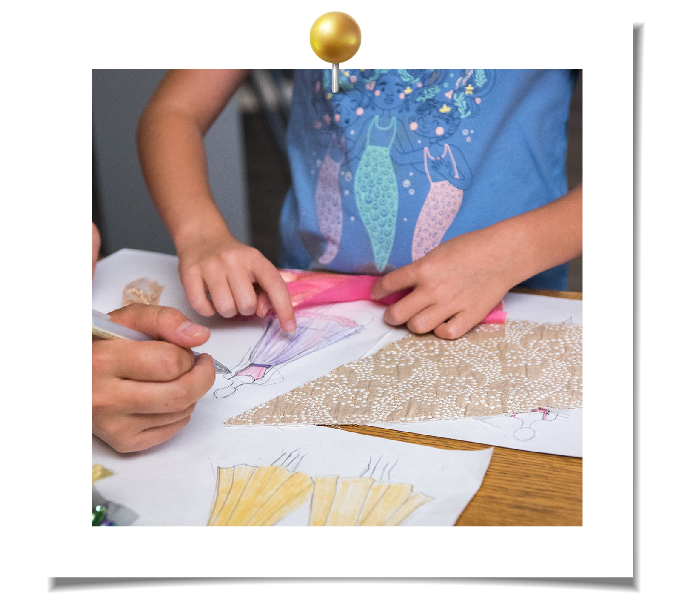
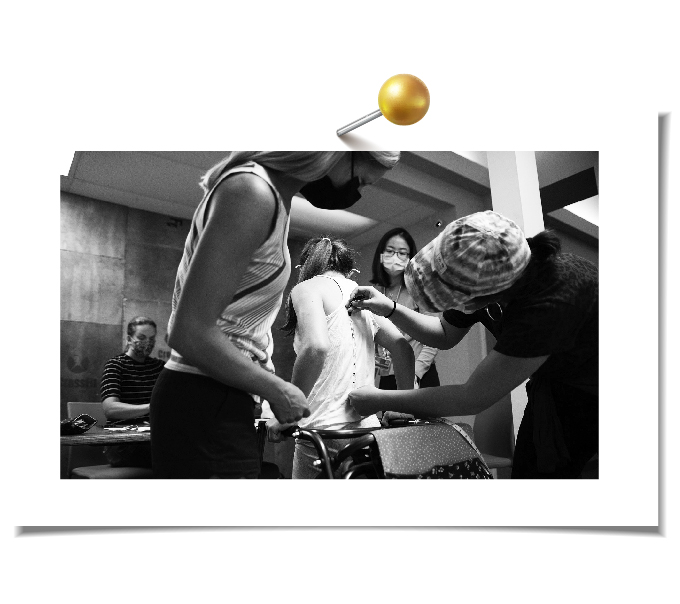
College students are finding ways to make fashion functional and accessible for all. In the fall of 2021, the innovative “Made to Model” program, put together by undergraduates from across disciplines at Washington University in St. Louis, began producing, designing and creating adaptive formal fashion for St. Louis-area kids with functional disabilities who might otherwise be overlooked.
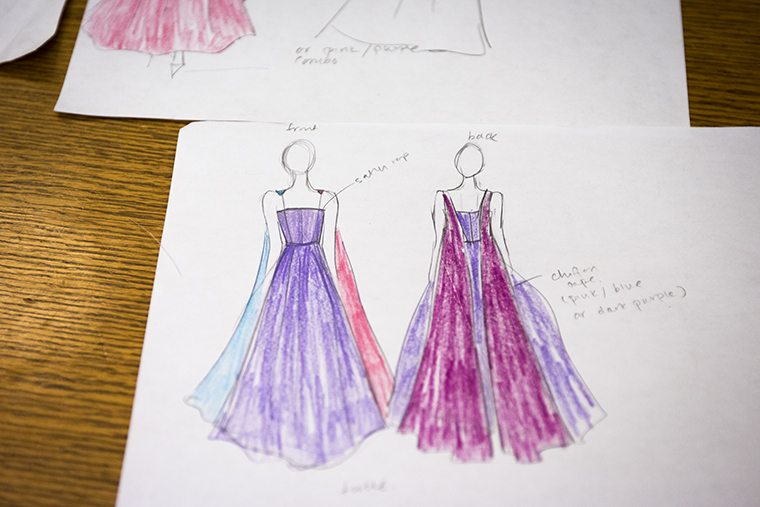
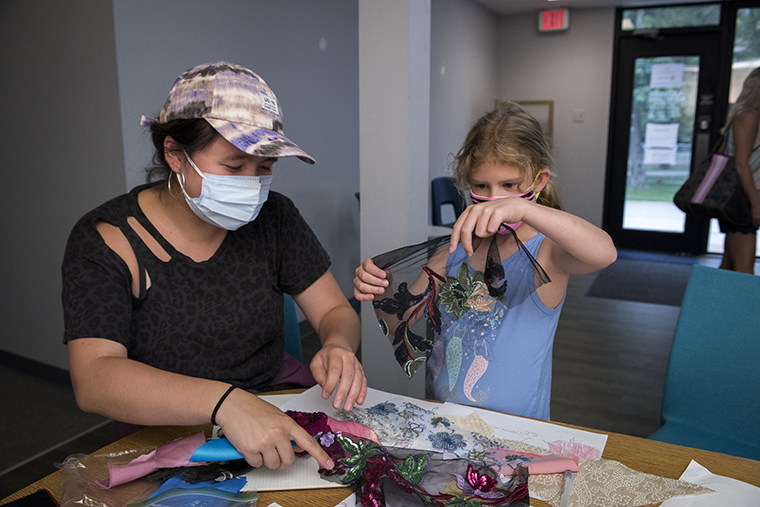
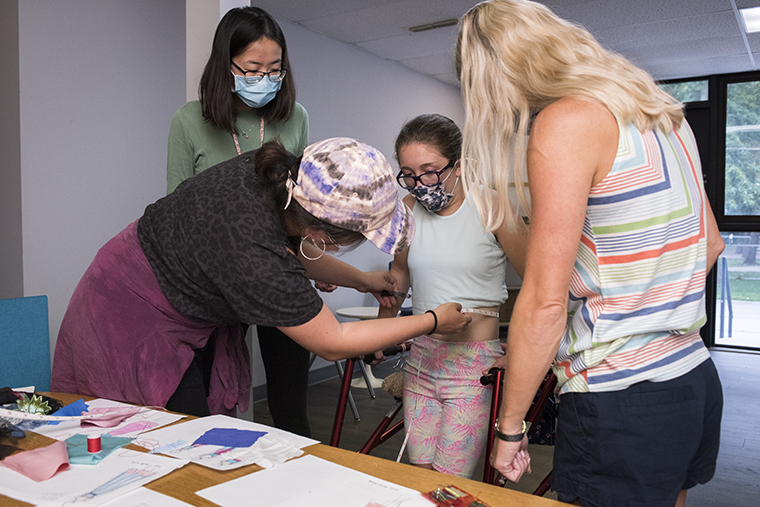
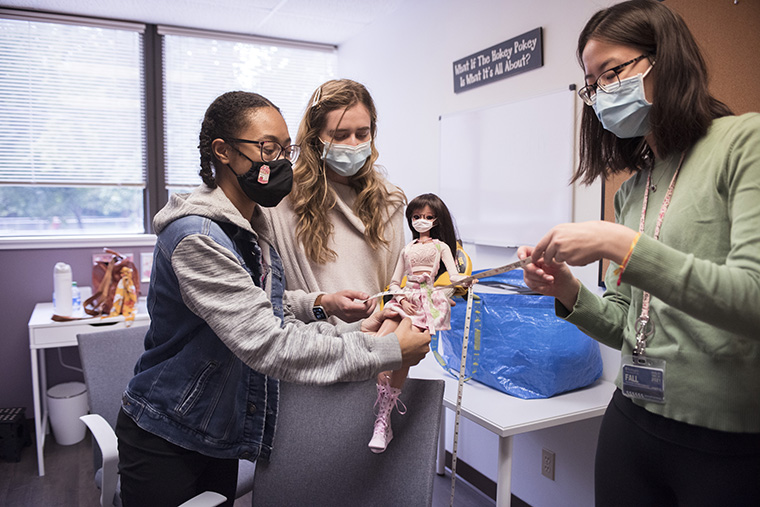
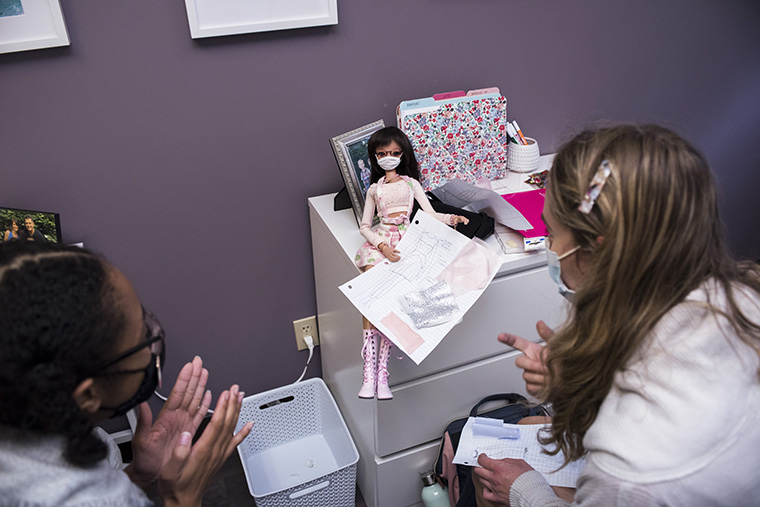
Nine months later, on April 30, 2022, the Made to Model initiative all came to fruition at the 93rd Annual Fashion Design Show in an unforgettable night in Holmes Lounge.

Sustainability in fashion
Roughly 15 percent of cloth intended for apparel winds up as scrap on the cutting room floor. And though an estimated 95 percent of retail clothing is recyclable, the vast majority ends up in landfills — more than 20 billion pounds annually in the United States alone.
Over the past several years, Mary Ruppert-Stroescu, associate professor and fashion design area coordinator in WashU’s Sam Fox School of Design & Visual Arts, has developed — and now patented — an integrated process designed to help clothing manufacturers create new apparel from recycled fabric.
“In fashion, sustainability is a buzzword,” she says. “But a real commitment to zero waste? That’s still pretty rare.” Watch the video below to see what Ruppert-Stroescu is doing to change that, and then read more about how she is reimagining a different future for textile production.

Wasting clothing in America
Christine Ekenga, a former faculty member in WashU’s Brown School who is now at Emory University, researches fast fashion. “From the growth of water-intensive cotton, to the release of untreated dyes into local water sources, to workers’ low wages and poor working conditions, the environmental and social costs involved in textile manufacturing are widespread.” How widespread?
A 2018 study by Environmental Health found that 80 billion pieces of clothing are purchased each year, at a cost of $1.2 trillion.
To manufacture 2 pounds of textiles requires 53 gallons of water.
The average American gets rid of 80 pounds of clothing each year and over 65 percent of that ends up in landfills.
During Fashion Revolution’s 2021 Fashion Revolution Week, it emerged that 200 million trees are felled each year to make cellulosic fabrics, 35-40% of those coming from old growth woodlands.
A 2019 report by the United Kingdom’s Environmental Audit Committee found that 15% of all clothing fabric is wasted at the cutting stage of production — before it even has a chance to get into stores.
Each time a piece of clothing is washed and dried, microfilaments are shed that move through sewage systems and end up in waterways. The group Earth.org estimates that a half-million of these contaminants reach the ocean each year.

Making an impact
Many are making a difference in the world of fashion — from creating sustainable swimwear to founding companies that makes clothing with an extended shelf life to help keep textiles out of landfills. Here are just a few WashU grads who are moving fashion forward:
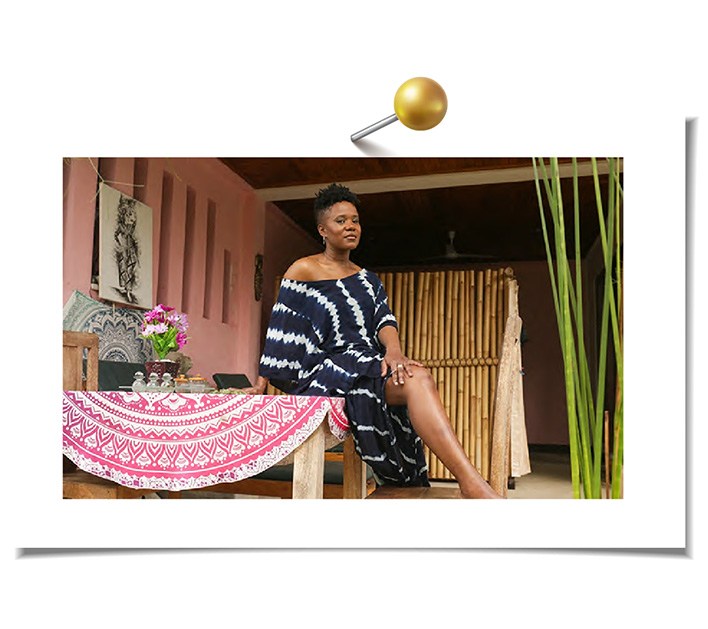
Anastasia White
Sustainable design

Daniel Dugoff
Innovative and inclusive

Paul Dillinger
Outfitted for a sustainable future

Jillian Shatken
A passion for design
Producer: Kristin Grupas
Writer/Editor: Leslie McCarthy
Multimedia producer: Anne Cleary
Animation: Javier Ventura
Video Production: James Byard
Visual design: Kayse Larkin
Web design: Brandy Rustemeyer
Contributors: Liam Otten, Cassaundra Moore, Kia Holt
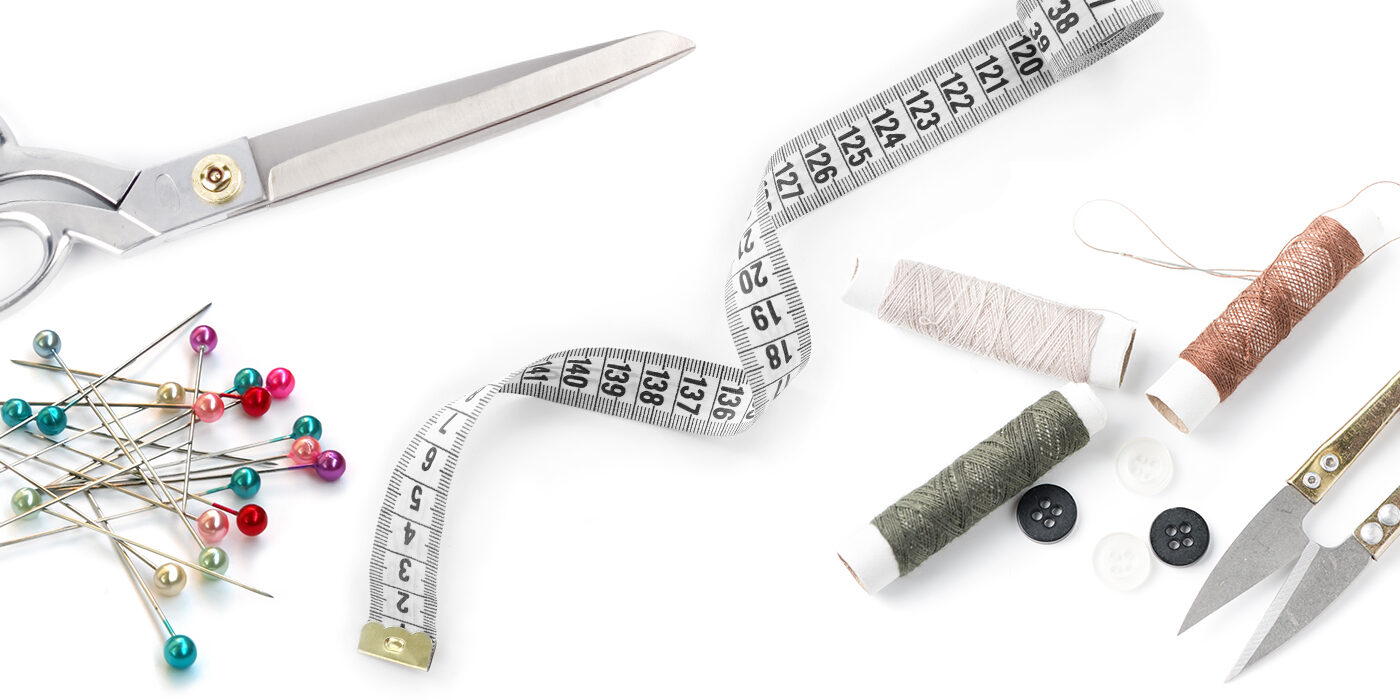
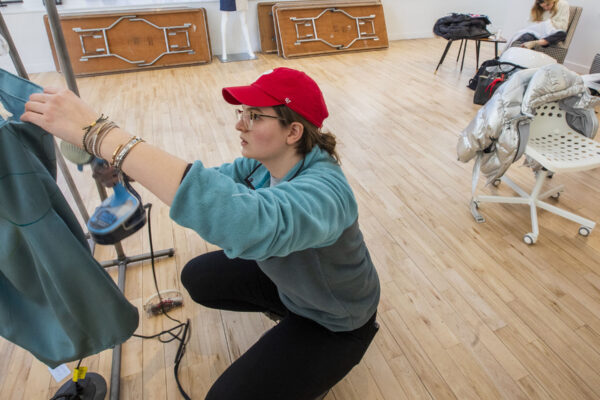

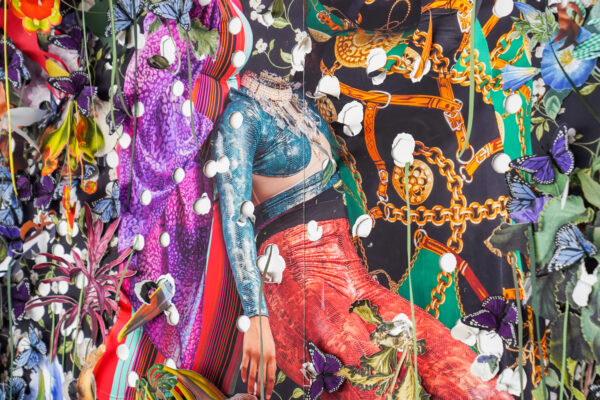
Comments and respectful dialogue are encouraged, but content will be moderated. Please, no personal attacks, obscenity or profanity, selling of commercial products, or endorsements of political candidates or positions. We reserve the right to remove any inappropriate comments. We also cannot address individual medical concerns or provide medical advice in this forum.